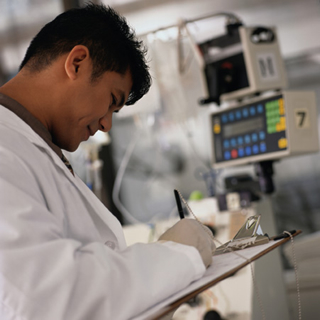Uses for Vacuum Evaporation
Vacuum evaporation is an important process that has enabled manufacturing to make substantial leaps forward in technology. Through this technique, we can now enjoy solar panels and glare-proof eye glasses at costs that are affordable for the average consumer. Here are just a few of the potential uses for this equipment.
How it Works
The first step in the process is to super heat the material that will coat the substrate. The substrate, which is the object that will receive the coating, is then put into the chamber after melting occurs. The melting forces the matter to break down into particulates that bounce around the walls of the chamber before coming to settle on the substrate itself.
What it Does
The PVD coating settles onto the substrate and then the chamber is cooled. As the cooling process occurs, the coating material solidifies on the substrate. The result is a microscopic layer of film that coats the entire substrate.
Applications
Some objects, like plastic, melt under heavy heat. It’s impractical to apply a melted substrate to these materials because they stand to take damage from the process. Therefore, manufacturers of eye glasses and solar cells (among other products) use this process to apply a thin film coating without damaging the substrate. In vacuum metallization, for instance, the substrate is coated with a thin metallic layer that helps add durability to the product.
Final Thoughts
Vacuum sealed chambers are an important development in the production process. We are able to give regular house hold objects amazing properties, like increased durability or glare resistance, through this manufacturing technique.
Denton Vacuum, LLC sells sputtering systems used in the manufacture of medical and industrial equipment for consumers and businesses.


